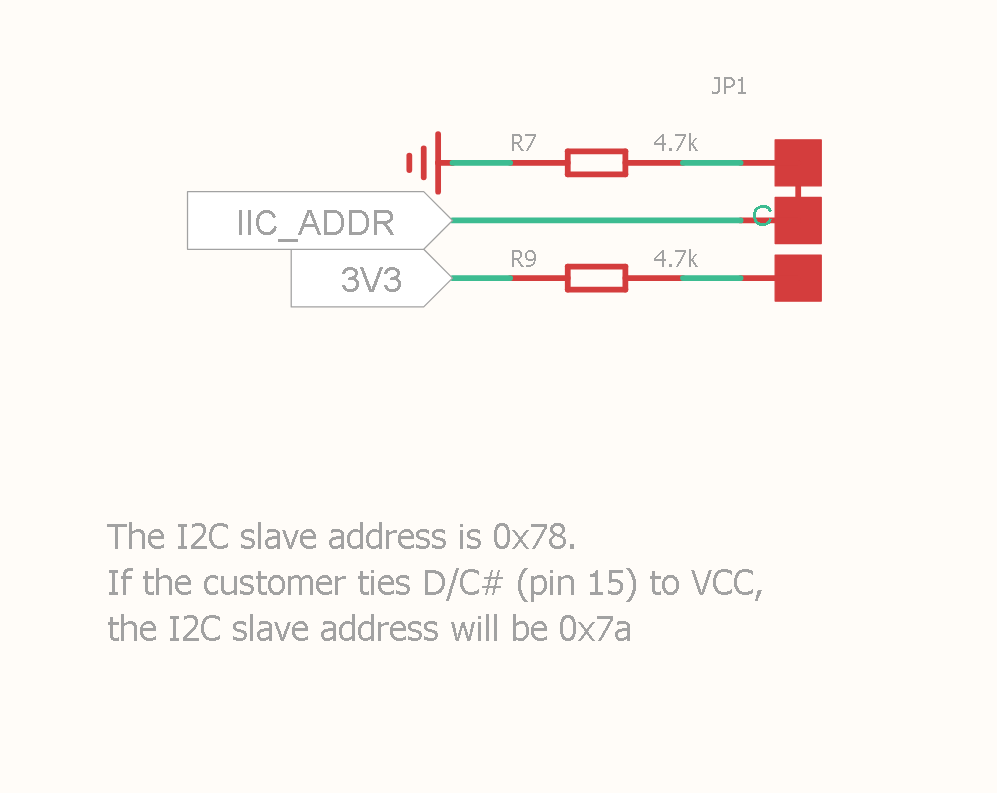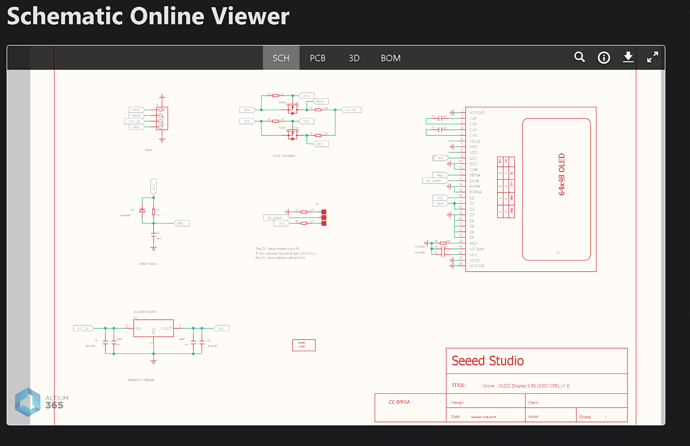HI there,
and Welcome…
You got a picture of the setup? are they like these here in the grove expansion demo? I think they are similar, I see that you must cut and solder, you see that? to change the address of one of the units,
from thew online schematic viewer from the wiki
Do you have the code to drive them, As in each display is instantiated as a display, display2 ?
HTH
GL

